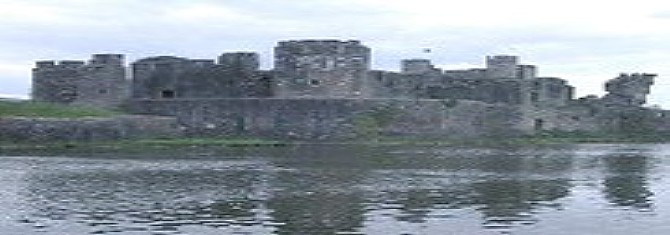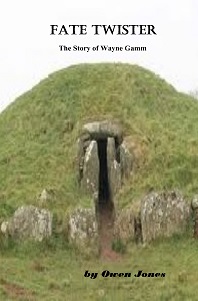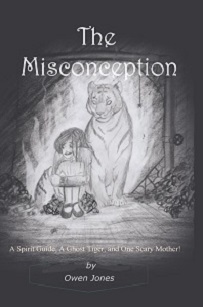
Welsh Products Online
Welsh Corgi Puppies | Welsh Gold Wedding Ring | Welsh Love Spoons | Welsh Coastal Cottages
An Introduction to Genealogy
There are hundreds of reasons to start looking into your genealogy (researching your family's history) - you might want to know where the family's left-handedness or artistic talent stems from, confirm a family legend or discover the origins of a surname, but whatever the intention, your family history is totally unique. The colourful personalities of previous generations add to its personal complexity and make genealogy a truly absorbing hobby. With the help of this step-by-step guide, you can get started in researching your family tree. 1. Start With Yourself. Begin by writing a list of every known relative, then sketch a rough family tree. It's easier to trace your family tree if you start with yourself and work backwards, so write your name along the bottom, your parents above, and work upwards from there adding any known personal details like dates of birth. 2. What do you know? Dig out family heirlooms, keepsakes and documents and ask your family to do the same. Birth, marriage and death
certificates, diaries, photo albums, ration books, military papers, newspaper cuttings, school certificates and
family Bibles all provide clues. Check inside books for inscriptions, the back of photographs for dates and
military papers for regiment details. All these items that were deemed too important to throw away have something
to say about the people who treasured them. Speaking to your family will fill in the gaps and jog a few memories about your family's past. There are basic
details you should aim to find out about every ancestor but if they are in living memory, you can also find out
about their personality, temperament and qualities. Arrange a family reunion and spend an afternoon reminiscing. If
you've lost touch with relatives, write to them, enclosing a copy of the family tree and requesting information. At
this stage, it's vital to find out as much as you possibly can from living relatives. They may muddle generations
and supply inaccurate dates, but their vivid stories set a time frame for later research and those dusty records
will still be there long after they are gone. When visiting record repositories, to save time and effort, it is far easier to concentrate on one line at a
time and being methodical from the onset. Everyone has four grandparents and eight great-grandparents, let alone
numerous aunts and uncles so it can become confusing in record offices, especially when you're dealing with large
families who are often named after the previous generation. The next step is to verify the family's oral history in national records, confirming dates, locations and name
spellings. Civil Registration began in England and Wales in 1837 and Scotland in 1855. Registers of births and deaths in Northern Ireland are available from 1864, and registers of marriages from 1845. Census returns are a cheaper source for the genealogist and since they are taken every decade, they paint a picture of the household through its various stages. Census records provide information about children, occupations, addresses and birth dates. As long as you know where your ancestor lived, you should be able to find the relevant census, although caution should be taken if you have a common surname. You don't want the wrong family! When it comes to tracing your family prior to civil registration in 1837, the most valuable sources are parish records. Each parish in England and Wales since 1538, Scotland since 1558 and Ireland since 1634 has kept them, although complete sets rarely survive. Many parish records are available free from the International Genealogical Index ' (IGI), a database maintained by the Church of the Latter Day Saints (LDS), as part of their faith. They only catalogue baptism and marriage documents but these are available free on the internet or in LDS Family History Centres. These records will form the backbone of your family tree and pave the way for further research into
wills, trade directories, local newspapers, military records, ecclesiastical records and property transactions.
Your local library and family history centre will be able to point you in the right direction. GENUKI is a non-commercial virtual reference library provided by an ever-growing group of
volunteers in co?operation with the Federation of Family History Societies and a number of its member societies,
www.genuki.org.uk
| |||||||
|
Welsh Products Online | Privacy Policy
Copyright © 1998 - 2016 Welsh Products Online
Disclaimer: if you click on any link not in the nav bars, the webmaster may earn some money






